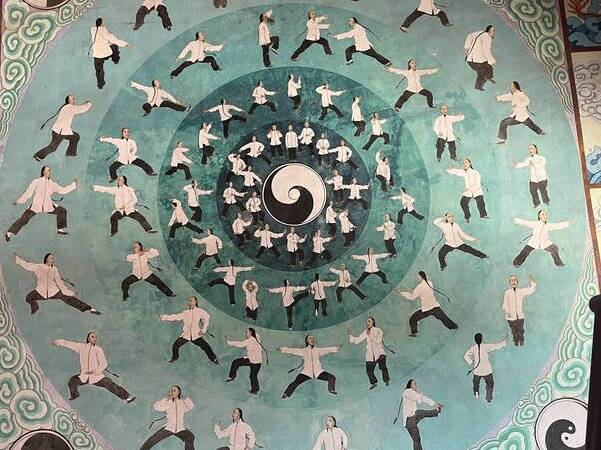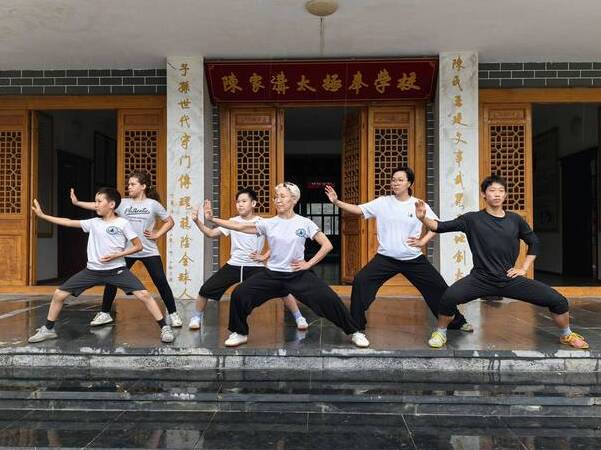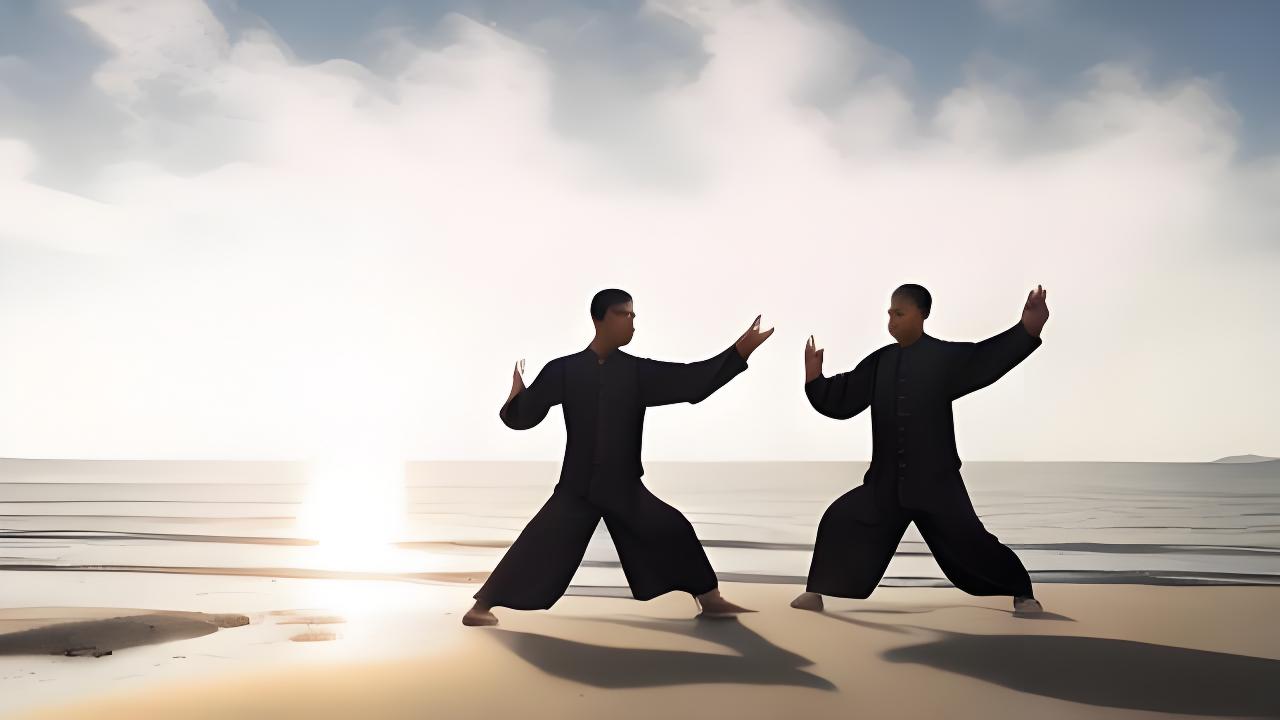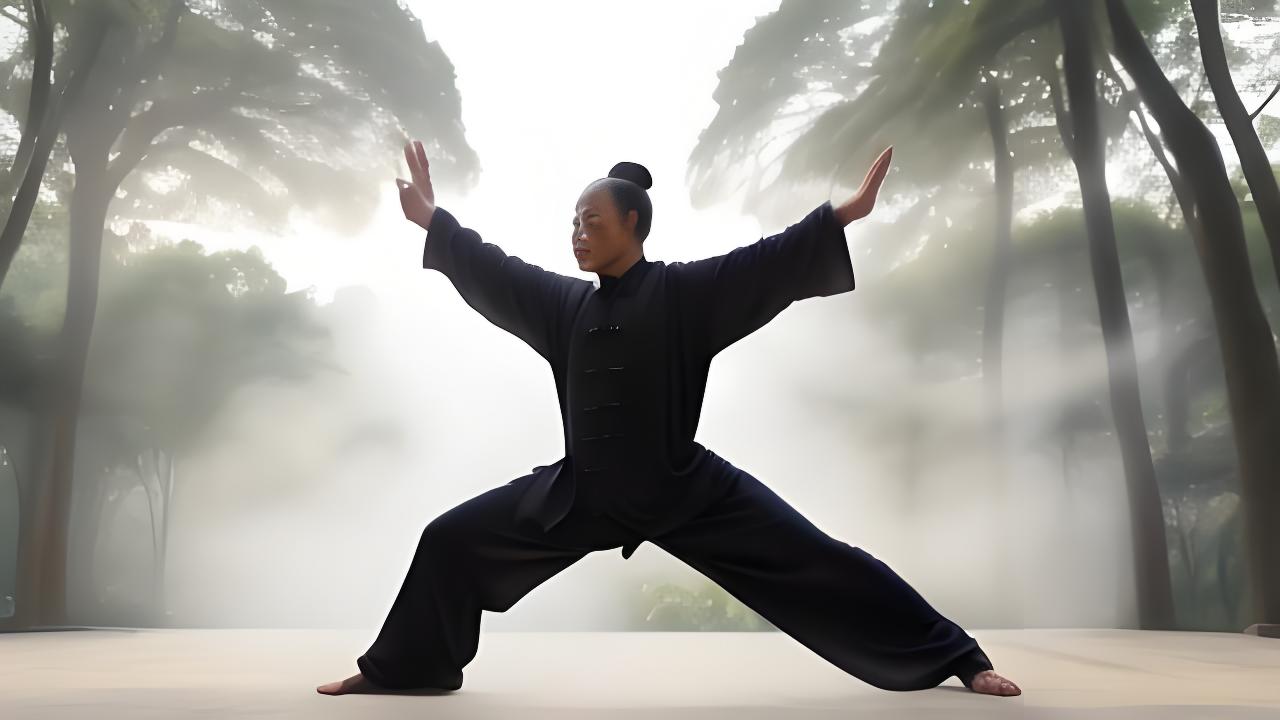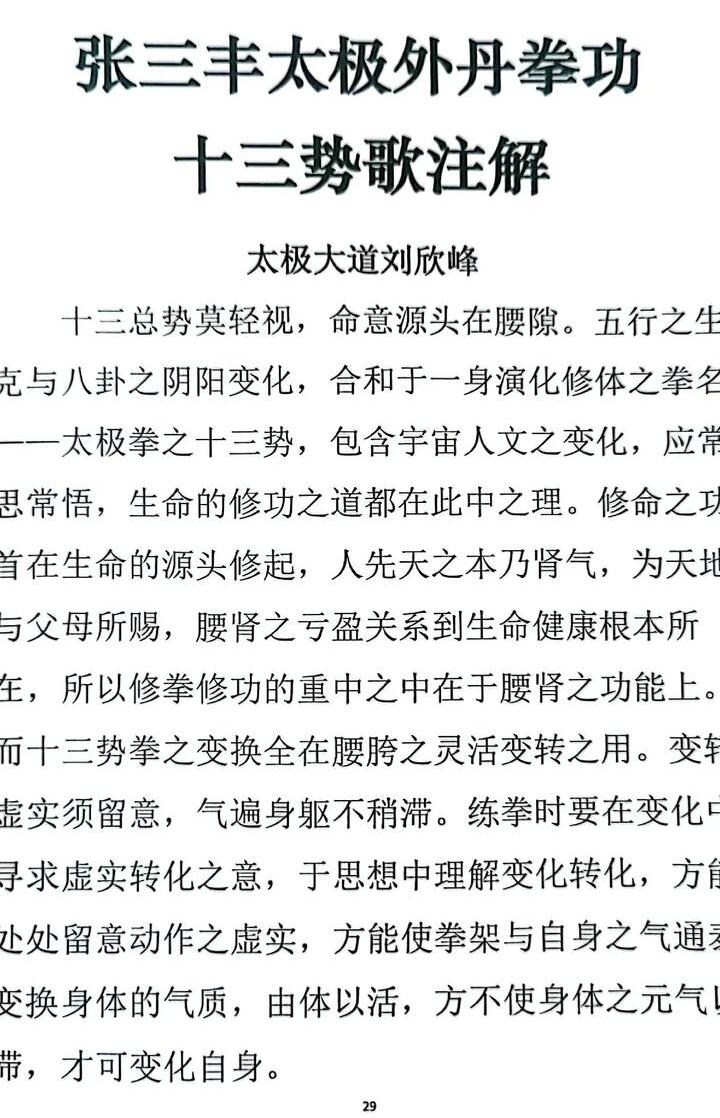
An In-depth Analysis Of The Thirteen Postures Of Tai Chi: The Perfect Integration Of Core Movements And Cultural Connotations
The Thirteen Postures of Tai Chi are the core components of Tai Chi. It incorporates various movements such as squeezing, stroking, squeezing, and pressing, which is an intuitive embodiment of Tai Chi thought. It not only carries rich cultural connotations, but is also very helpful in improving physical fitness.
Historical origins
The Thirteen Movements of Tai Chi have a long history. This embodies the experience and wisdom of our ancestors. In ancient times, people continued to study and improve Tai Chi for multiple purposes such as health preservation and self-defense. This resulted in the formation of this unique Tai Chi Thirteen Postures. This is not an achievement that comes easily, but is the result of a long period of accumulation. As time goes by, these thirteen trends have spread throughout the country and become known to more and more people.
Every action is rich in connotation. Take the force of force as an example. It feels like the buoyancy of water. It seems weak but full of power. To truly master it, you must go through long-term practice and in-depth understanding.
Action characteristics

Action specifications are very important. In the Thirteen Postures of Tai Chi, each movement has its own specific posture and movement path. For example, in the stroke movement, the arm movements are gentle, like willow branches floating along the river, which is both stretched and full of elasticity.
These movements emphasize both internal and external cultivation. When performing the movements, you must not only stretch your limbs Tai Chi For Health , but also integrate your breathing and internal strength into the movements. For example, the squeeze technique requires the coordination of all parts of the body to transfer internal force from the heels to the fingertips. This integration of the inside and outside is the essence of Tai Chi.
fitness effect
Improving physical fitness is an obvious benefit. By practicing the Thirteen Postures of Tai Chi, one's body flexibility can be improved. Many middle-aged and elderly people have experienced it and found that they have become more agile tai chi 13 form and their joint discomfort has also been relieved.
This activity helps strengthen your heart and lungs. The slow movement makes breathing deeper and more rhythmic, like a gentle massage for the heart and lungs.
Practice points
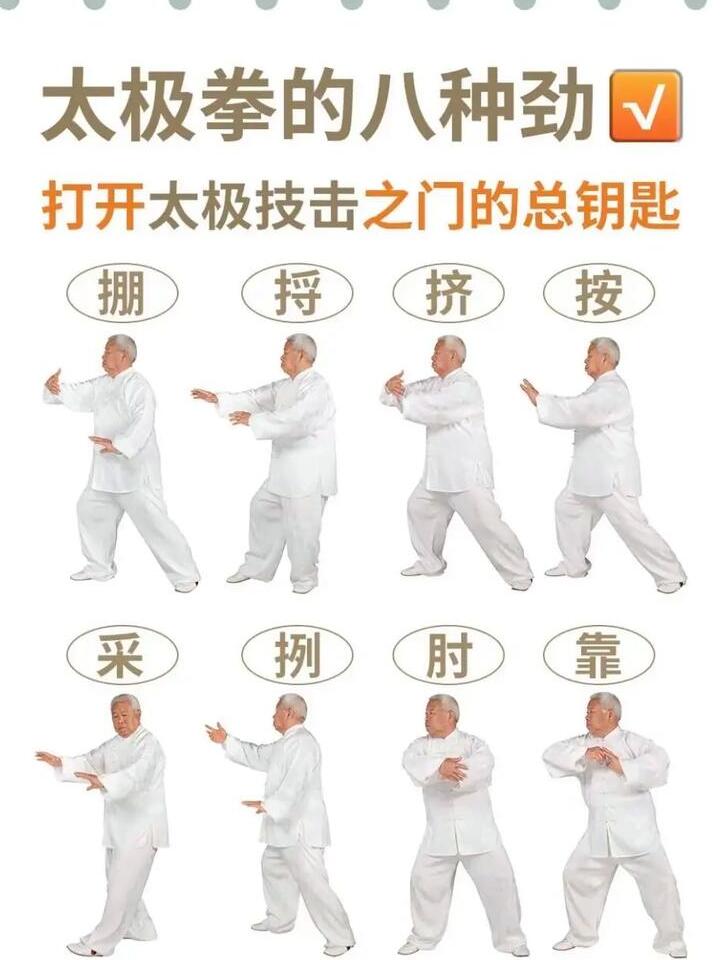
The foundation must be solid. Beginners must first master the basic forms of each movement. This is like building a house. If the foundation is unstable, the superstructure will easily collapse.
More practice is needed. Tai Chi skills are not accomplished in a day. As long as you take time to practice every day, you will feel that you are slowly entering the palace of Tai Chi.
Have you ever considered experiencing the charm of the Thirteen Movements of Tai Chi for yourself? After reading this article, I hope you can like it, forward it, and share your insights in the comment area.
